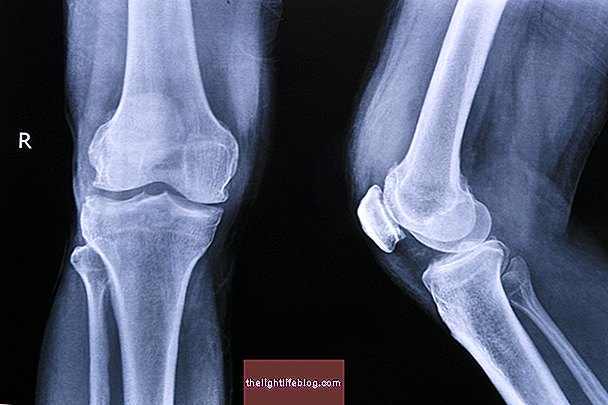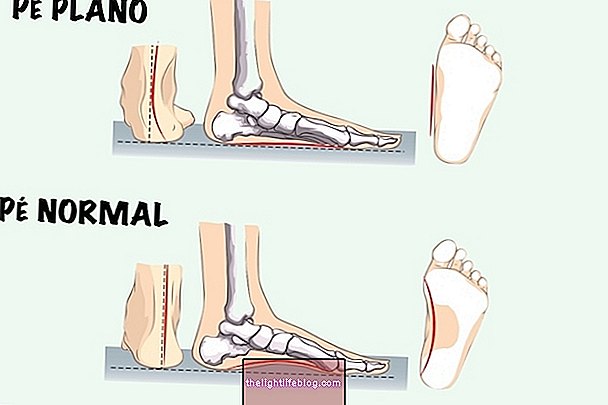The causes of shoulder bursitis include excessive use of the arms, but may also occur due to:
- Injuries to the shoulder joint due to falls, for example;
- Joint problems, such as gout or rheumatoid arthritis;
- Direct blows to the shoulder;
- Shoulder infections after surgery, for example.
Shoulder bursitis is a common problem in individuals who do repetitive movements, such as painting for several hours, typing on the computer, sewing or cleaning windows, for example.
Symptoms of shoulder bursitis include pain, which can radiate to the arm, swelling and difficulty moving the joint.
Treatment for bursitis
Treatment for bursitis should be done by a physical therapist and usually includes applying cold to the joint and isometric exercises to strengthen muscles and decrease inflammation.
However, to relieve the discomfort of bursitis, the patient may take analgesic medicines, such as Paracetamol, and anti-inflammatories, such as Ibuprofen, provided they are prescribed by the doctor.
In cases of chronic bursitis, injections of corticosteroids to the shoulder may be recommended to reduce inflammation.






















